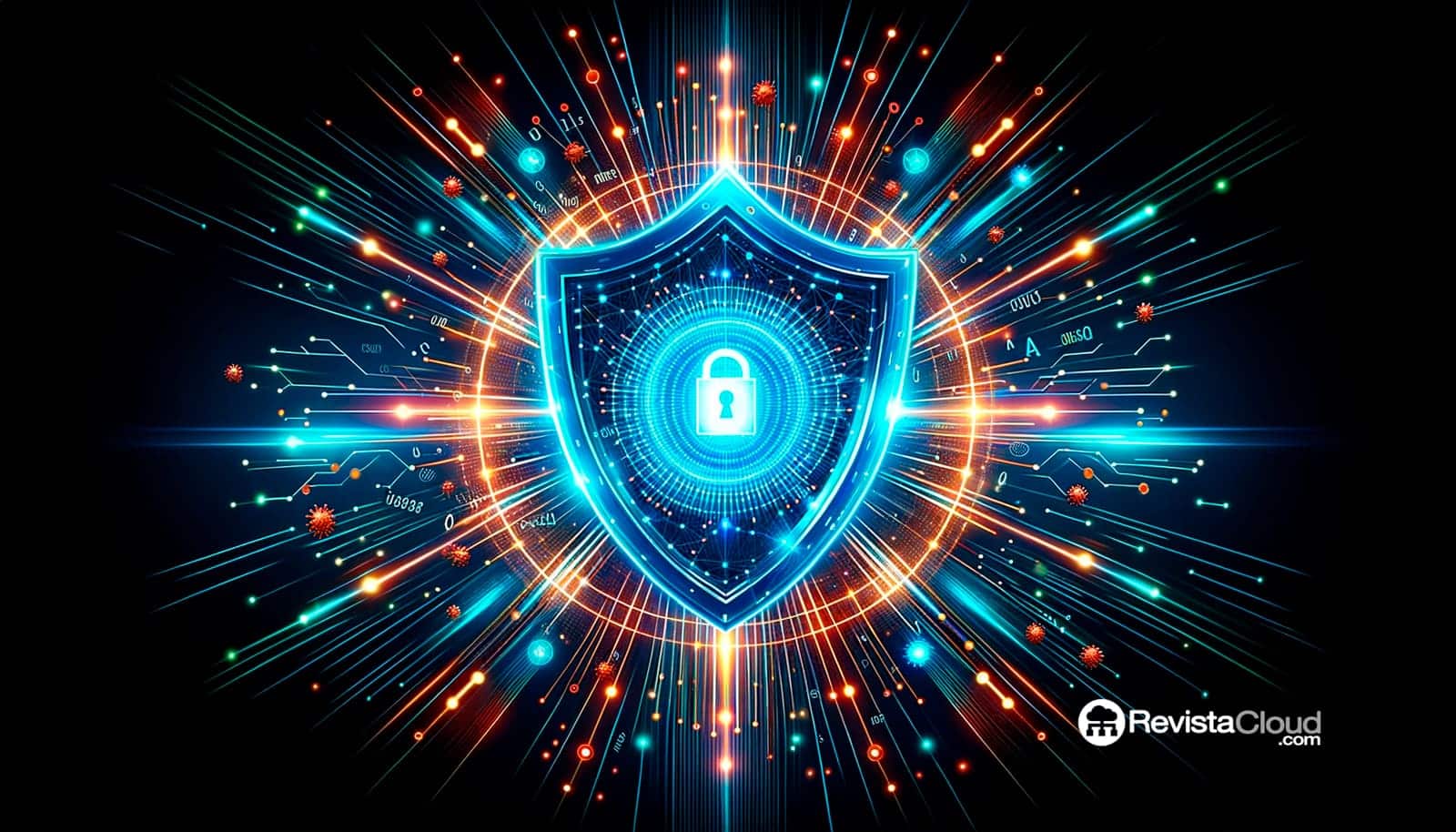The evolution of the Security Information and Event Management (SIEM) system has been remarkable since its inception, when it was primarily seen as a log manager and a tool for regulatory compliance. Over time and technological advancement, SIEM has evolved through stages like Next-Generation SIEM and Security Analytics, to become a Managed Detection and Response (MDR) service, adapting to the changing needs of the digital environment.
This change not only reflects the adaptability of SIEM but also the growing complexity of the technological environment in which it is implemented. The data sources that feed into SIEM have exponentially increased, leading to an evolution towards more sophisticated platforms capable of offering not only event correlation and active response, but also endpoint security and advanced security analysis.
### The Gartner Magic Quadrant and the Role of SIEM
The origin and relevance of SIEM are well established in the Gartner Magic Quadrant, a tool that has historically been used to evaluate and compare technological solutions. The magic quadrants, by including criteria such as pricing, marketing, and strategies, provide a comprehensive view of the SIEM solutions available in the market. However, it is in the technical aspects where organizations can find key differentiators to make informed decisions about which SIEM solution best suits their specific needs.
### Essential SIEM Capabilities According to Gartner
Gartner has identified ten critical capabilities for a SIEM, which vary in importance depending on the type of monitoring, whether basic, complex, or for advanced threat detection. These capabilities serve as a guide for organizations in the process of selecting a SIEM, ensuring that the chosen solution not only meets minimum requirements but also offers key functionalities and unique differentiators that respond to the particular needs of the business.
### The Importance of Threat Hunting in a SIEM
One of the most critical functions in the maturity of a SIEM is threat hunting. This practice not only improves the effectiveness of detection and response processes but also contributes to better management of security risks. The threat hunter focuses on building knowledge that allows preempting and mitigating possible attacks, maximizing the advanced capabilities of a SIEM.
### The Future of SIEM
For a SIEM to maintain its relevance in the future, it must adapt to digital transformation and hybrid infrastructures that combine cloud and on-premises environments. This implies a continuous capacity for innovation to integrate new tools and updates that respond to the emerging needs of organizations.
In conclusion, SIEM has established itself as the nerve center of cybersecurity in organizations, constantly evolving to face new and more complex challenges. Its future will depend on the ability of SIEM solutions to adapt to the rapid changes in the technological environment and continue to offer comprehensive and effective protection against cyber threats.

